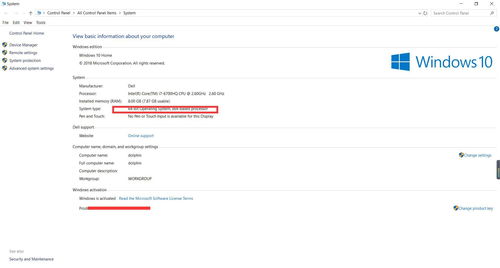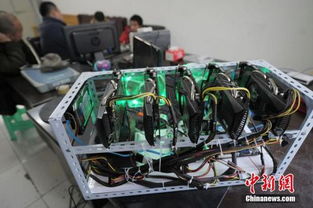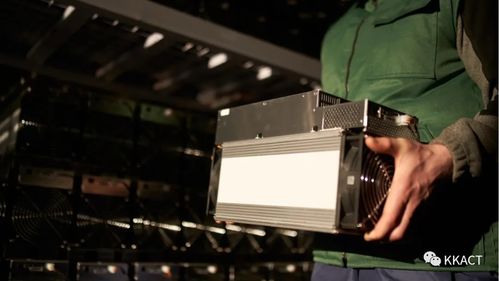
Bit Mining Machine: A Comprehensive Guide
Are you intrigued by the world of cryptocurrency mining? Do you want to dive into the lucrative world of bit mining machines? Look no further! In this detailed guide, we will explore everything you need to know about bit mining machines, from their functionality to their benefits and drawbacks. Get ready to become an expert in the field!
Understanding Bit Mining Machines

Bit mining machines, also known as Bitcoin mining rigs, are specialized computers designed to solve complex mathematical problems in exchange for cryptocurrency rewards. These machines are crucial for the security and decentralization of blockchain networks like Bitcoin. Let’s delve deeper into their key components and how they work.
| Component | Description |
|---|---|
| ASIC Miners | Application-specific integrated circuits (ASICs) are specialized processors designed for mining cryptocurrencies. They are more efficient than general-purpose CPUs or GPUs. |
| Power Supply | A reliable power supply unit (PSU) is essential to ensure the smooth operation of the mining rig. It should provide enough power to all components without overloading the system. |
| Heat Sinks and Fans | Heat sinks and fans are crucial for dissipating the heat generated by the mining rig’s components. Overheating can lead to reduced performance and potential damage. |
| Storage | Storage devices, such as solid-state drives (SSDs) or hard disk drives (HDDs), are used to store the mining software and the blockchain data. |
| Network Connectivity | A stable and fast internet connection is essential for mining, as it allows the rig to communicate with the blockchain network and receive mining rewards. |
How Bit Mining Machines Work

Bit mining machines work by solving complex cryptographic puzzles to validate transactions and add new blocks to the blockchain. Here’s a step-by-step breakdown of the process:
- The mining rig receives a block of transactions from the blockchain network.
- The rig uses its ASIC miner to solve a cryptographic puzzle associated with the block.
- Once the puzzle is solved, the mining rig broadcasts the solution to the network.
- The network verifies the solution and adds the new block to the blockchain.
- The mining rig receives a reward in the form of cryptocurrency for its contribution to the network.
Benefits of Bit Mining Machines

Bit mining machines offer several benefits, making them an attractive option for those interested in cryptocurrency mining:
- Profitability: Successful mining operations can generate significant profits, especially when using efficient and powerful mining rigs.
- Security: Bit mining machines contribute to the security and decentralization of blockchain networks, making them less vulnerable to hacking and fraud.
- Community Involvement: Mining helps maintain the health of the cryptocurrency ecosystem by ensuring the continuous creation of new coins and the verification of transactions.
Drawbacks of Bit Mining Machines
While bit mining machines offer numerous benefits, they also come with some drawbacks:
- High Costs: The initial investment for a mining rig can be quite substantial, including the cost of the hardware, electricity, and cooling systems.
- Energy Consumption: Mining rigs consume a significant amount of electricity, which can lead to high energy bills and environmental concerns.
- Market Volatility: The value of cryptocurrencies can be highly volatile, which can affect the profitability of mining operations.
Choosing the Right Bit Mining Machine
When selecting a bit mining machine, consider the following factors:
- Hash Rate: The hash rate is a measure of the mining rig’s computational power. Higher hash rates generally result in faster mining speeds and higher rewards.
- Efficiency: Look for mining rigs with high efficiency ratings, as they consume less electricity and generate less heat.
- Brand and Warranty: Choose reputable







